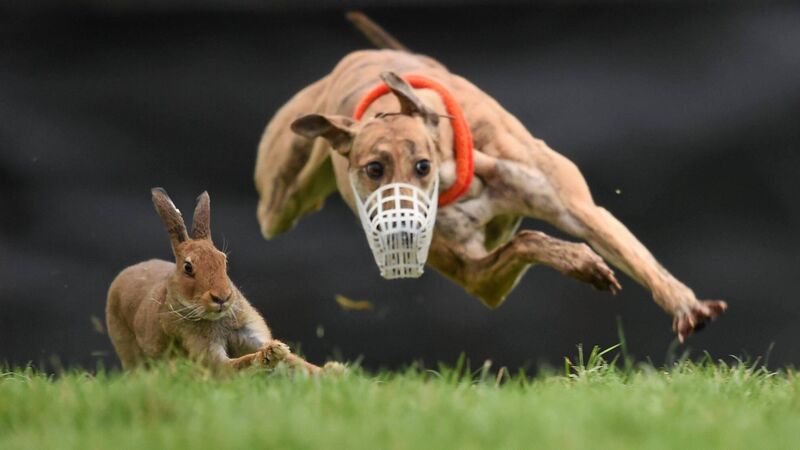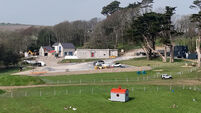Barbaric bloodsport or way of life: Are coursing's days numbered?

It’s a sunny day and James Kelleher is standing in the rear car park of Clonmel’s Powerstown Park racecourse, glancing nervously towards a paddock where dogs are being walked in advance of their competition.
Once his dog goes through the small gate at the end of the compound, in a matter of just over 12 seconds, one way or another, it will all be over for James, a trainer from Macroom.











